Top 13 Ways to Promote Sustainability in Your Restaurant

As a restaurant owner or manager, it is critical to stay on top of the latest trends in sustainability. Incorporating sustainable practices into your business operations benefits the environment and gives you an edge over competitors who aren’t implementing sustainable practices.
Customers today are becoming more engaged with sustainable practices and will actively seek businesses aligning with those values. Ergo, promoting sustainability helps promote loyalty—and it’s good for the planet too.
But what is sustainability? Sustainability is the ability to carry on without depleting natural resources. Sustainability also refers to continuity, so if we are referring to sustainable practices, they should be able to be carried out for a length of time without producing negative impacts on the environment or the economy.
Today, we’ll outline the 13 best ways to champion sustainability in a restaurant. By implementing these strategies, you’ll ensure that success and profitability do not come at the detriment of environmental stewardship.
Best Restaurant Sustainable Practices
1. Reduce food waste through donations
Food waste in the US emits more greenhouse gasses than most countries. More than 119 billion pounds of food is wasted in our country—nearly 40%. Organizations like Too Good to Go allow restaurants and grocery stores to package food they would normally throw away at drastically discounted prices. Local shelters may also accept food items or prepared food to feed low-income and homeless individuals. Food scraps can be composted through industrial composting programs—and if leftover food is an ongoing issue, you might also consider reducing portion sizes.

2. Grow your own food
There’s nothing like the flavor of fresh-picked produce! If you have the space and can dedicate labor toward maintaining a kitchen garden, it’s a great way to promote sustainability in your organization, reduce food costs, and get access to specialty food items you might be challenged to purchase elsewhere. If you don’t have the space, speak to a local farmer, as they might be willing to plant a few things for you.
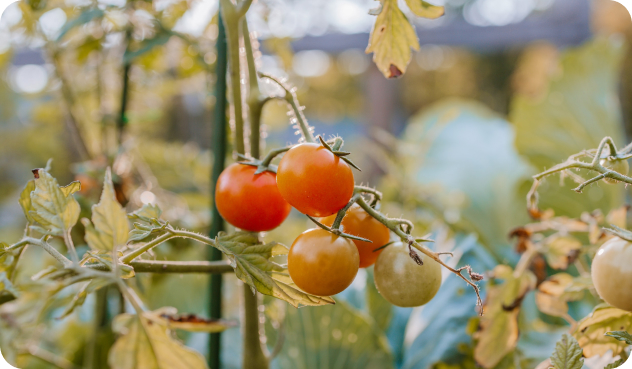
3. Implement a composting program
Composting is an essential aspect of sustainable practices. By being part of a composting program, you will reduce the waste sent to landfills and help create nutrient-rich fertilizer for agricultural use. Commercial composting programs can compost food scraps, bioplastics, paper, wood, ashes, and most other organic (once-living) products.
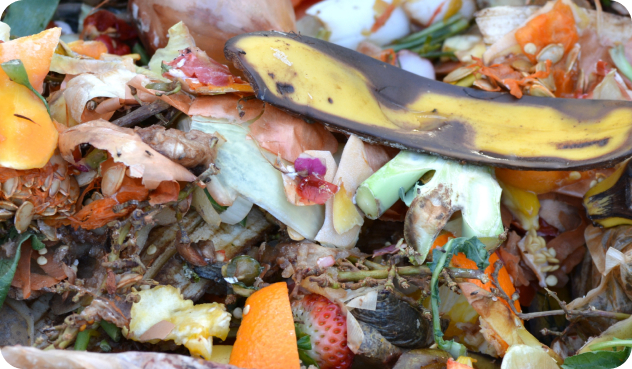
4. Invest in energy-efficient lighting and equipment
Install timers on your lighting systems, switch to energy-saving LED bulbs, install motion-sensing lights, and upgrade to smart thermostats and energy-efficient appliances to help you reduce your energy consumption and save money on utility bills. You might even be eligible for rebates if you switch.
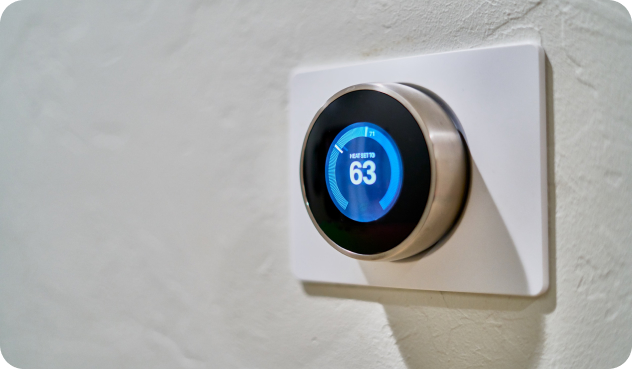
5. Implement sustainable packaging solutions for your single-use items, like bioplastics, biodegradable, and other eco-friendly materials
Single-use plastics like drinking straws, water bottles, takeaway containers, and cutlery are massive issues in the foodservice industry. Switching to products made from compostable bioplastics, paper, or other renewable resources is the smart alternative. However, it’s critical to note that bioplastics must also be disposed of properly through a commercial composting program.
If you do a lot of takeaway business, you might choose biodegradable packaging as it will likely end up in a landfill despite your best efforts. Other eco-friendly products you should consider include compostable plastic bags, food wrap, and using QR codes for your menus vs. printed ones at the table.
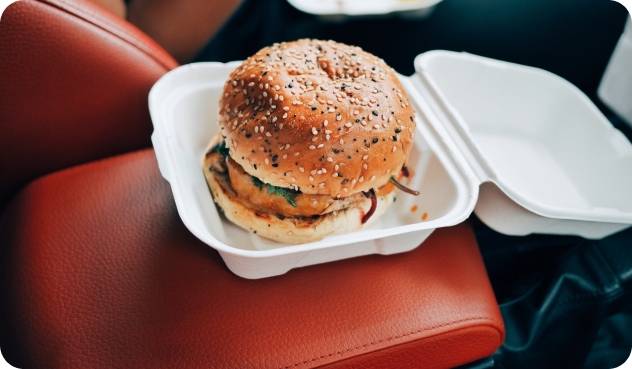
6. Support local farmers and producers to reduce your carbon footprint
The fewer miles your food must travel, the less impact it will have on the environment. Sourcing from local suppliers is ideal as it supports the community, reduces dependency on outside sources, saves fuel, and ensures the food you’re serving is as fresh as possible.

7. Include meatless options
The meat industry is one of the biggest culprits in greenhouse gas emissions. Reducing the number of meat-based dishes and increasing meatless options has several benefits — it satisfies a growing consumer trend toward healthier lifestyles, reduces food costs, and reduces the amount of methane gas in the atmosphere.

8. Use only grass-fed beef
The methane emissions from the cattle industry are primarily attributable to what cows eat. Because of what conventionally raised cows eat, they are also likely to develop liver disease, which is why they are given antibiotics. Choosing grass-fed beef reduces methane. Since fewer feed additives and interventions are necessary, the cows are healthier, and so are the people.
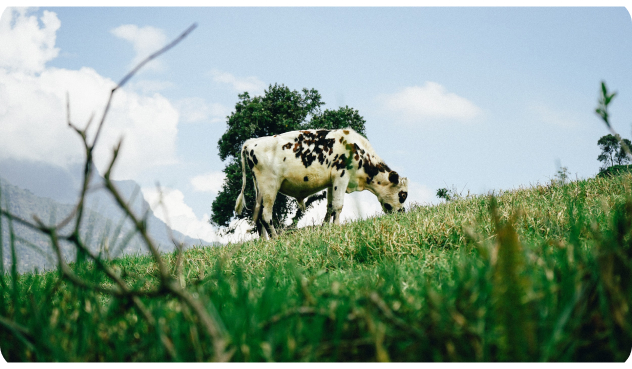
9. Use recycled, upcycled, or vintage products and décor
Every restaurant owner knows how expensive it is to purchase new equipment. But consider that 60% of restaurants fail in their first year. What happens to their equipment once they close their doors? It usually goes to a clearance house or a restaurant supply auction house where you can purchase it for pennies on the dollar. Consider sourcing furniture and décor through used shops, thrift stores, estate auctions, etc. By the same tack, when you renovate, be sure to donate or recycle items you’re no longer using.

10. Get your staff involved: awareness is essential!
Lastly, the key to implementing a successful sustainability strategy is ensuring everybody in the restaurant is on board. You must educate, inform, and provide clear instructions for your staff, so they understand what restaurant sustainability means and the ins and outs of keeping your program on track. Every stakeholder has a part to play, whether to ensure compostable items are disposed of properly or to educate the customer on how to best dispose of their single-use items after they are finished with them.
Avoiding excess waste is critical too. In the bar, for example, you might switch to dehydrated citrus for garnish and “superjuice” for cocktails. Superjuice emerged in the cocktail industry as a way to increase the volume of juice, reduce waste, and extend its shelf life almost indefinitely. Imagine making a liter of shelf-stable juice from just six limes!

11. Keep your menu seasonal
Sustainable restaurants have a seasonal menu to keep their dishes both exciting and eco-friendly. This menu type highlights in-season ingredients, so it changes regularly. You can serve fresh produce at the peak of ripeness and proteins when they are widely available. The seasonal menu will also keep your customers interested in your new and creative dishes.
Start a seasonal menu in your restaurant by incorporating dishes featuring seasonal ingredients. Before a new season begins, swap in dishes with fresh ingredients for that season. You don’t have to replace every menu item — keep a few customer favorites year-round that don’t have seasonal ingredients.
12. Reduce your water usage
Your restaurant can reduce water use to conserve this valuable resource and save money. Water conservation is even more important if your area experiences unprecedented wildfires or droughts. Of course, you’ll still need to use water for cooking and washing dishes, but you can implement water-saving efforts in other places around your restaurant.
Low-flow, energy-efficient, and motion-activated sink faucets in the kitchen and toilets in the restrooms reduce the amount of water used when washing or flushing. In your kitchen, ensure your staff runs the dishwasher only when it is full. Running one full load instead of multiple half-loads saves at least one load of dishes per week and hundreds of gallons of water annually.
In the dining room, serve your guests glasses of water only if they request them instead of serving them when people are seated. Guests who don’t like water or order another beverage may leave the water untouched, creating waste.
You can also ensure your water source is sustainable. Instead of purchasing cases of bottled water for your guests, get a filtration system to purify your tap water and reduce your plastic use. If you live in an area with heavy rainfalls, capture the rainwater to water your garden and grass. However, each state regulates rainwater harvesting, so be sure this practice is legal in your region.
13. Switch to natural or eco-friendly cleaning products
Use sustainable cleaning products for cleaning surfaces and hands in your restaurant. These products clean just as well as standard cleaners while keeping the environment and people safe. Some commercial cleaners have chemicals that can harm the environment through smog and water pollution. They can also affect human health — certain ingredients can cause skin and eye irritation in exposed populations.
Source eco-friendly cleaning products for your dish soap, hand soap, surface cleaners, and more. While the prices may be higher than commercial cleaners, you can often save money by purchasing in bulk. You can find sustainable cleaning products and safer chemicals through the Environmental Protection Agency Safer Choice program.
You can also consider using natural yet effective cleaning methods. For example, consider cleaning your floors and carpets with steam instead of chemicals. Try cleaners with tea tree oil, lemon, or vinegar.
It’s easy to go green! If you’ve been at a loss on how to get started, we hope these tips help. Check out our selection of sustainable single-use foodservice items today.
References
- https://www.forbes.com/sites/gregpetro/2022/03/11/consumers-demand-sustainable-products-and-shopping-formats
- https://www.feedingamerica.org/our-work/reduce-food-waste
- https://www.greenmatters.com/p/what-can-you-compost
- https://www.ecobee.com/en-ca/commercial-multifamily-thermostat-management/smart-thermostats/
- https://www.signify.com/en-us/support/lighting-utility-rebates
- https://www.nationalgeographic.com/environment/article/news-plastic-drinking-straw-history-ban
- https://www.oecd.org/newsroom/plastic-pollution-is-growing-relentlessly-as-waste-management-and-recycling-fall-short.htm
- https://courses.lumenlearning.com/suny-sustainability-a-comprehensive-foundation/chapter/food-miles/
- https://cases.open.ubc.ca/environmental-impact-of-meat-consumption/
- https://impossiblefoods.com/ca/products/burger
- https://grasslandbeef.com/
- https://home.binwise.com/blog/restaurant-failure-rate
- https://pos.toasttab.com/blog/on-the-line/used-restaurant-equipment
- https://www.theeducatedbarfly.com/super-juice/
- https://www.epa.gov/watersense/statistics-and-facts
- https://www.energy.gov/femp/rainwater-harvesting-regulations-map
- https://www.epa.gov/greenerproducts/identifying-greener-cleaning-products
- https://www.epa.gov/saferchoice





